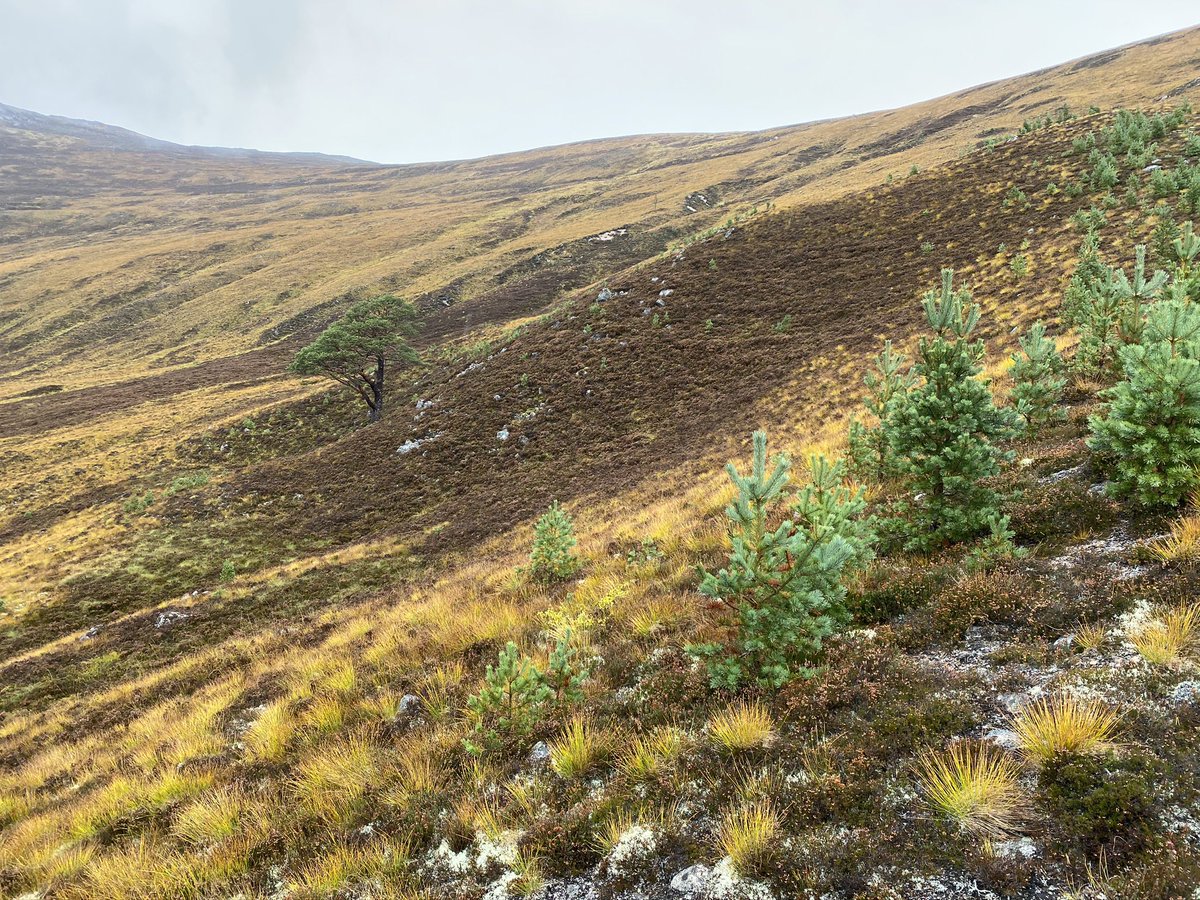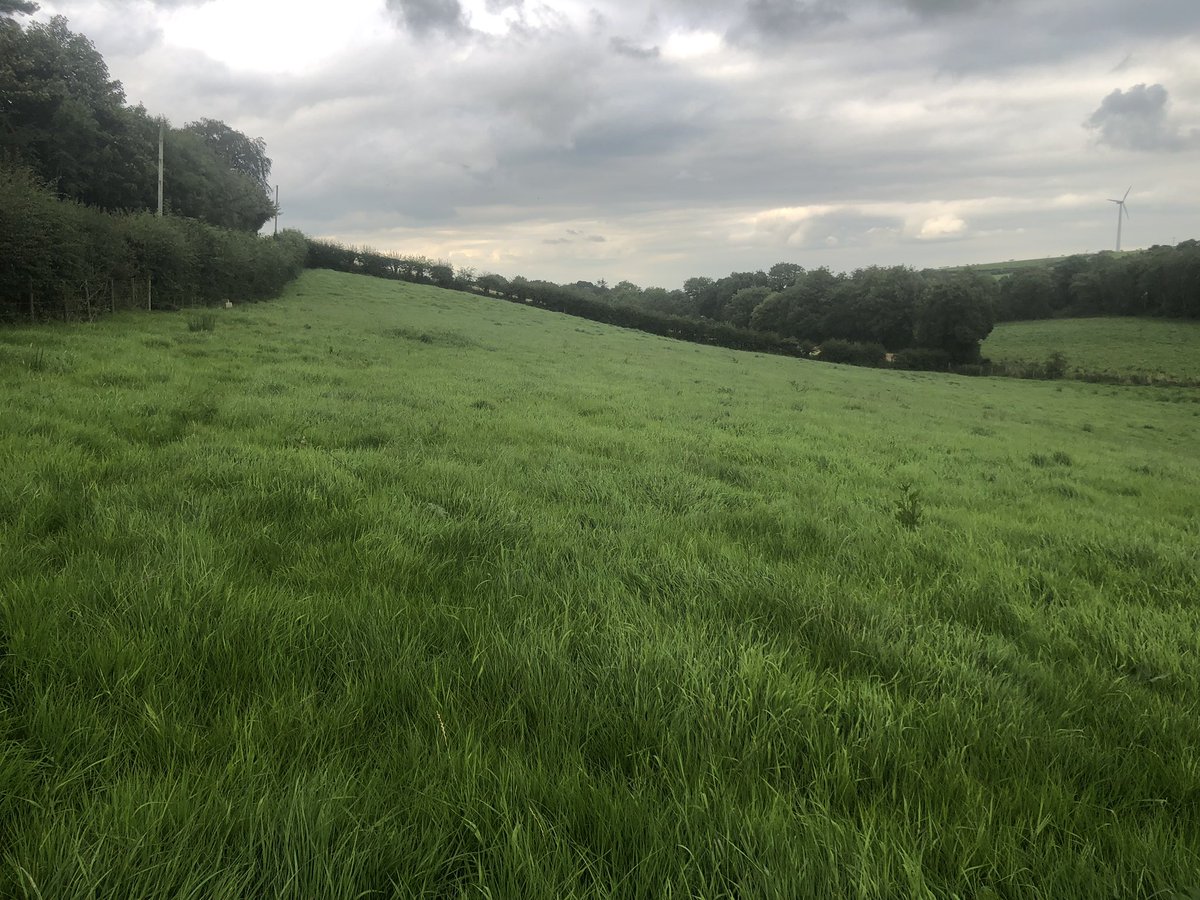
ecologist: Ireland, Scotland and NE Atlantic 🌳🦞 fascinated by our living world, working to document, protect and restore it 🏳️🌈
How to get URL link on X (Twitter) App


 our case study area is ~60km2 of open mountain and glen near Fort William. deer stalking is the main land use, and sheep are grazed in the southern glen (Glen Loy). no one lives here, and the area appears to be almost completely devoid of tree cover from above
our case study area is ~60km2 of open mountain and glen near Fort William. deer stalking is the main land use, and sheep are grazed in the southern glen (Glen Loy). no one lives here, and the area appears to be almost completely devoid of tree cover from above 

 the context the stumps provide is critically important - this isn't just a random tree, its the remains of something much greater. because of this, some of the other wildlife from the preceding wood may still survive here (eg. lichens, mosses, fungi & inverts growing on/in it)
the context the stumps provide is critically important - this isn't just a random tree, its the remains of something much greater. because of this, some of the other wildlife from the preceding wood may still survive here (eg. lichens, mosses, fungi & inverts growing on/in it) 

 the 2 are of course interrelated: much of the Highlands was cleared of people to make way for large scale sheep ranching, made possible by the extermination of wolves. without wolves or effective mgmt, deer now perpetuate ecological impacts of ranching even after sheep removal
the 2 are of course interrelated: much of the Highlands was cleared of people to make way for large scale sheep ranching, made possible by the extermination of wolves. without wolves or effective mgmt, deer now perpetuate ecological impacts of ranching even after sheep removal 

 why is this wood so rich? the trees here have grown up amongst giant boulders, which have likely provided protection from grazing livestock for centuries. as a result, many of the species here are absent from woods in the surrounding landscape
why is this wood so rich? the trees here have grown up amongst giant boulders, which have likely provided protection from grazing livestock for centuries. as a result, many of the species here are absent from woods in the surrounding landscape 




 2) while the precise formula has varied over the years, CAP essentially requires farmers to wreck nature in order to receive larger subsidies. agricultural intensification - responsible for so much pollution and wildlife loss - is one of CAP's core aims
2) while the precise formula has varied over the years, CAP essentially requires farmers to wreck nature in order to receive larger subsidies. agricultural intensification - responsible for so much pollution and wildlife loss - is one of CAP's core aims




 1) trees drenched in mosses and ferns. hyperhumid conditions mean that plants don't need to rely on soil for moisture, releasing them to carpet leaning tree trunks and snakey branches
1) trees drenched in mosses and ferns. hyperhumid conditions mean that plants don't need to rely on soil for moisture, releasing them to carpet leaning tree trunks and snakey branches 




 2) they exist for animal agriculture, mainly dairy and beef. the idea is to maximise grass production, which in turn maximises milk or beef production. this model has been pushed for decades, and now most of our countryside looks like this:
2) they exist for animal agriculture, mainly dairy and beef. the idea is to maximise grass production, which in turn maximises milk or beef production. this model has been pushed for decades, and now most of our countryside looks like this: 